Idea by
Tiago Brito, Luís Fernando Milan and Ana Fernandes
Estúdio+1
Call for ideas 2018
RESPECT + URBANITY + PROVOCATION
RESPECT + URBANITY + PROVOCATION
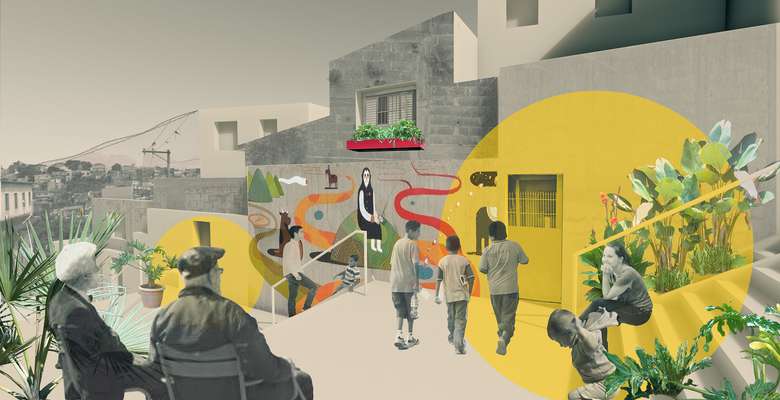
It can collaborate through the search of design methodologies and solutions for public spaces, stimulating and collaborating with professionals who dedicate themselves to urban issues, opening up our eyes to peripheral zones, rethinking the ways architects acts in areas with social, economic and environmental vulnerability. In order to expand the discussion for any areas of the city. Our initiative intends to:
• Promote the strengthening of partnerships between community, technical professionals and public authorities;
• Encourage learning as a central pillar in the development and deployment of urban projects, from conception to post-occupation;
• Encourage population to appropriate its territory, avoiding exclusionary environments;
• Promote social and environmental resilience;
• Consider the relation between the natural environment and the human occupation, guiding the action in highly modified areas, proposing objective alternatives.
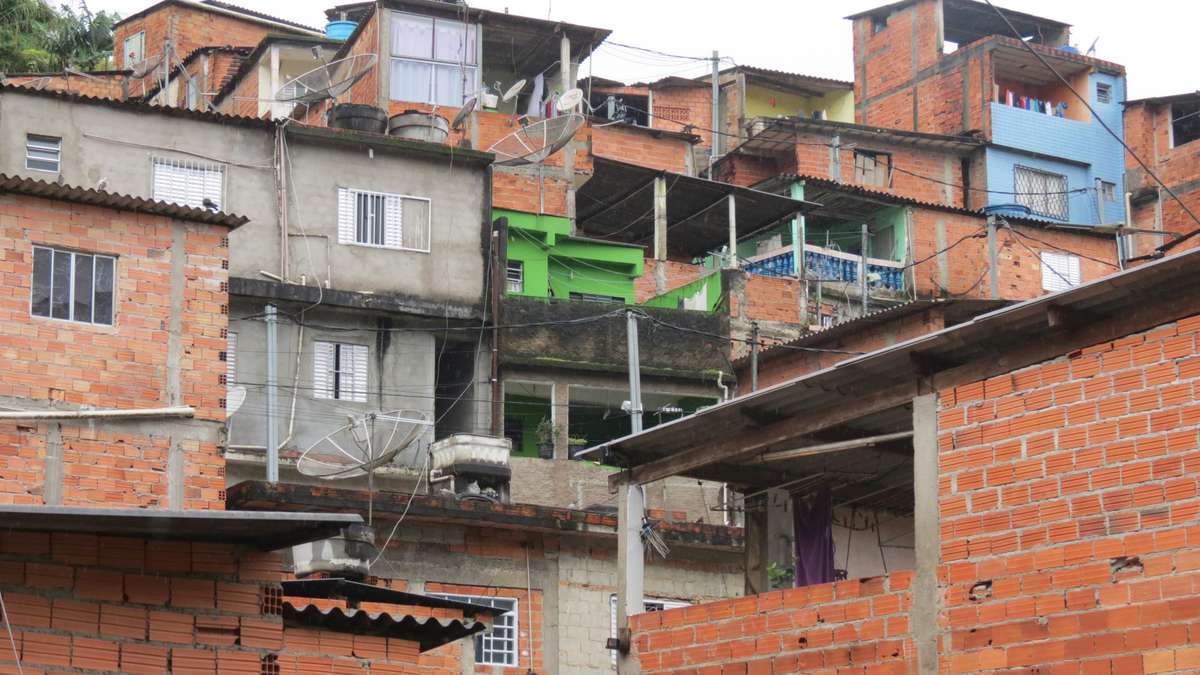
Urbanity, which responds to the relation between citizens and urban spaces giving meaning to it, comes as a response to the homogeneity of the peripheral urban areas of Jardim Ângela, common to many areas of the city where the construction of the urban tissue based on informality.

consider the characteristics and potentials of each territory, respecting the plurality of its population and collaborating with its identity. Encourage learning as a central pillar in the development and deployment of urban projects, from conception to post-occupation.

Encourage population to appropriate its territory, avoiding exclusionary environments and promote resilience, through creative initiatives opened to the involvement of the local community and all those who circulate there, observing the forms of communication in the territory, from the relations of construction of this urban scenario, dominated by the informality of self-construction buildings to the antennas that promote global communications.
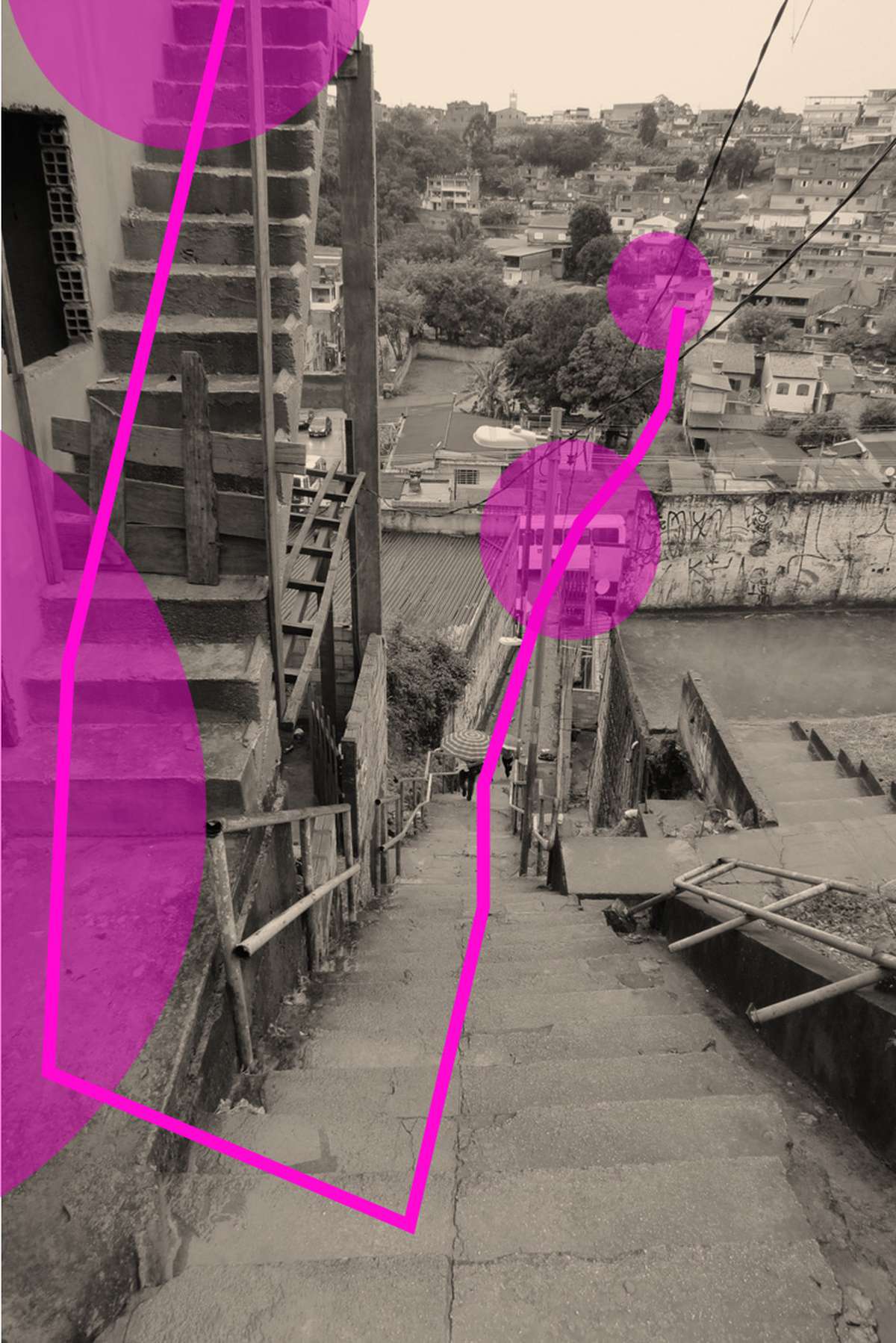
We intend to discuss and promotes projects for meeting places, new centralities, exchange places and connection devices
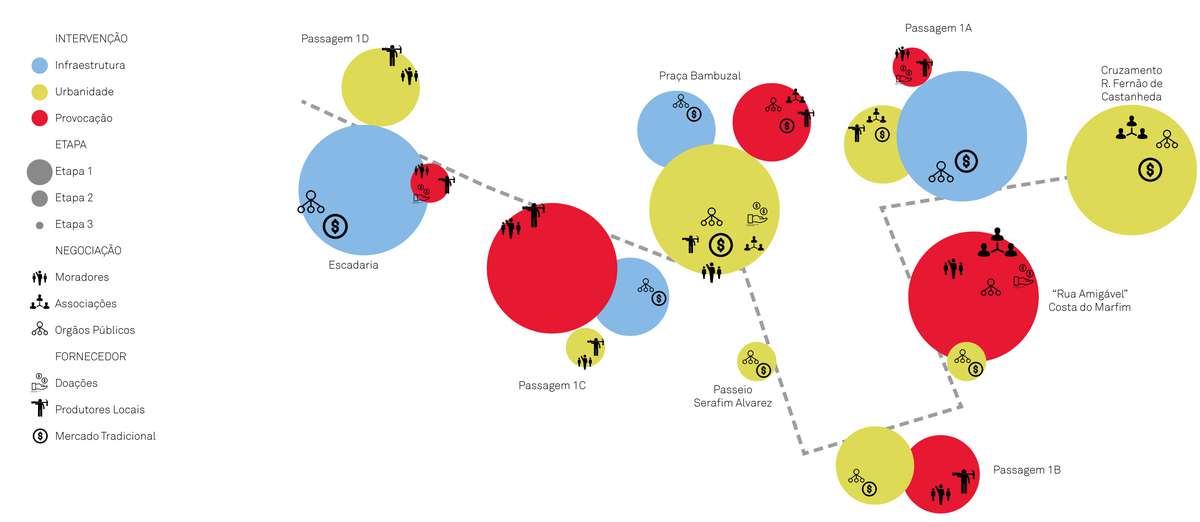
Discuss new ways of developing project phases toward locations and governances that often do not enable the application of standard phase models. As an example, these initiatives may start with smaller test site projects, attracting the ones who lives daily a urban space and the public authorities attention, to promote innovative projects in areas usually unnoted, but with high potential.
RESPECT + URBANITY + PROVOCATION
RESPECT + URBANITY + PROVOCATION

It can collaborate through the search of design methodologies and solutions for public spaces, stimulating and collaborating with professionals who dedicate themselves to urban issues, opening up our eyes to peripheral zones, rethinking the ways architects acts in areas with social, economic and environmental vulnerability. In order to expand the discussion for any areas of the city. Our initiative intends to:
• Promote the strengthening of partnerships between community, technical professionals and public authorities;
• Encourage learning as a central pillar in the development and deployment of urban projects, from conception to post-occupation;
• Encourage population to appropriate its territory, avoiding exclusionary environments;
• Promote social and environmental resilience;
• Consider the relation between the natural environment and the human occupation, guiding the action in highly modified areas, proposing objective alternatives.
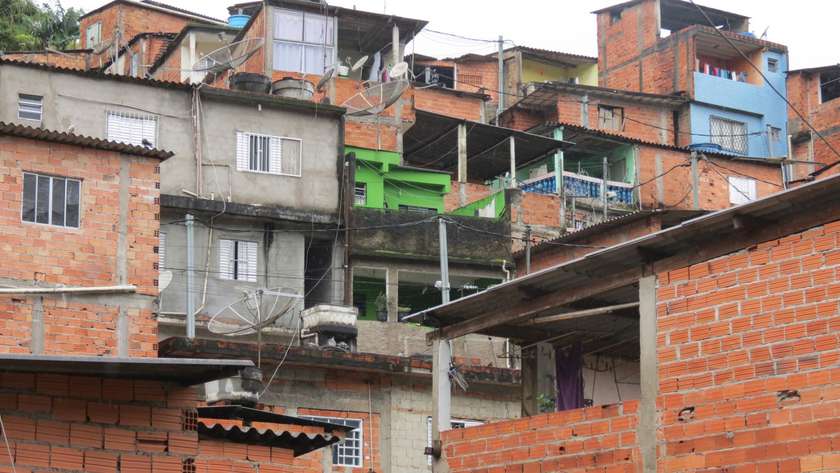
Urbanity, which responds to the relation between citizens and urban spaces giving meaning to it, comes as a response to the homogeneity of the peripheral urban areas of Jardim Ângela, common to many areas of the city where the construction of the urban tissue based on informality.

consider the characteristics and potentials of each territory, respecting the plurality of its population and collaborating with its identity. Encourage learning as a central pillar in the development and deployment of urban projects, from conception to post-occupation.

Encourage population to appropriate its territory, avoiding exclusionary environments and promote resilience, through creative initiatives opened to the involvement of the local community and all those who circulate there, observing the forms of communication in the territory, from the relations of construction of this urban scenario, dominated by the informality of self-construction buildings to the antennas that promote global communications.
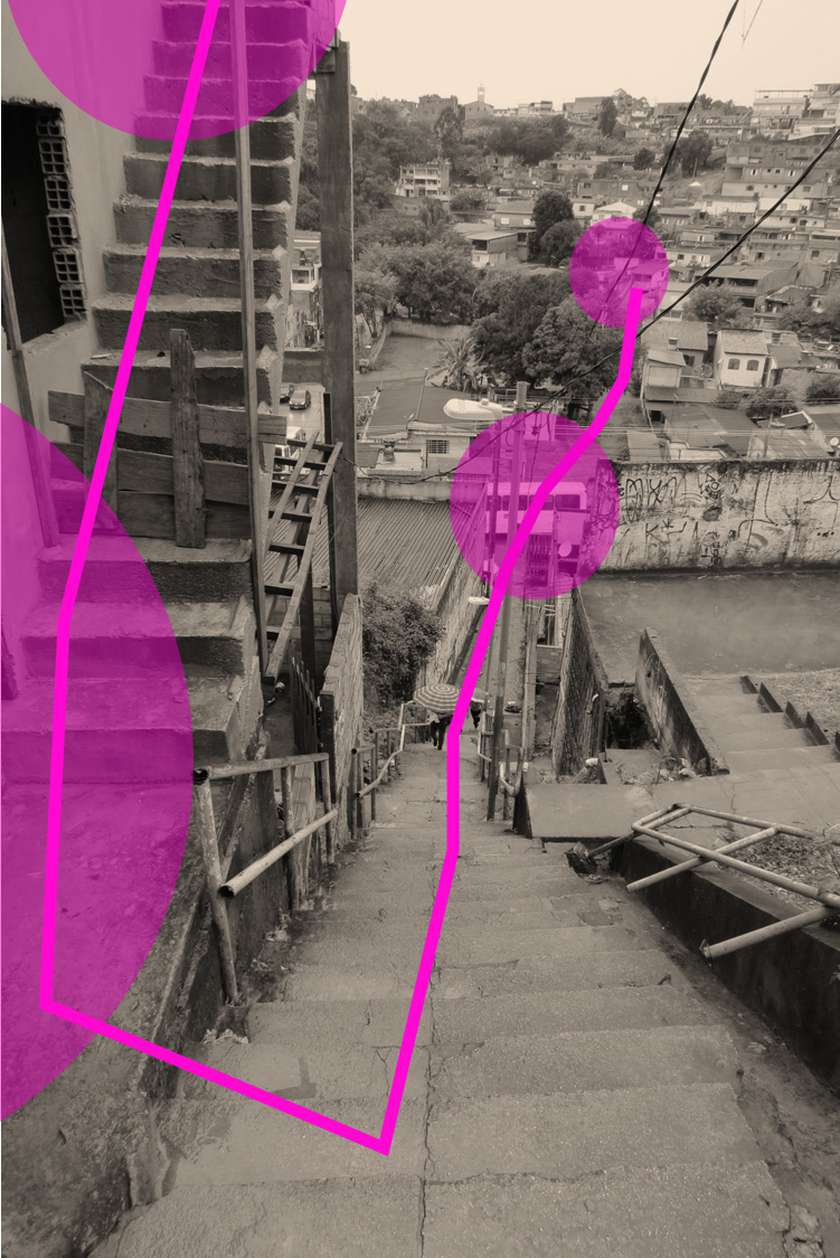
We intend to discuss and promotes projects for meeting places, new centralities, exchange places and connection devices
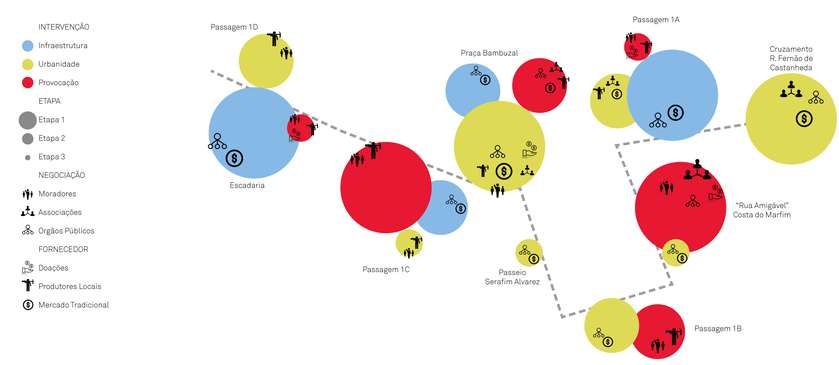
Discuss new ways of developing project phases toward locations and governances that often do not enable the application of standard phase models. As an example, these initiatives may start with smaller test site projects, attracting the ones who lives daily a urban space and the public authorities attention, to promote innovative projects in areas usually unnoted, but with high potential.